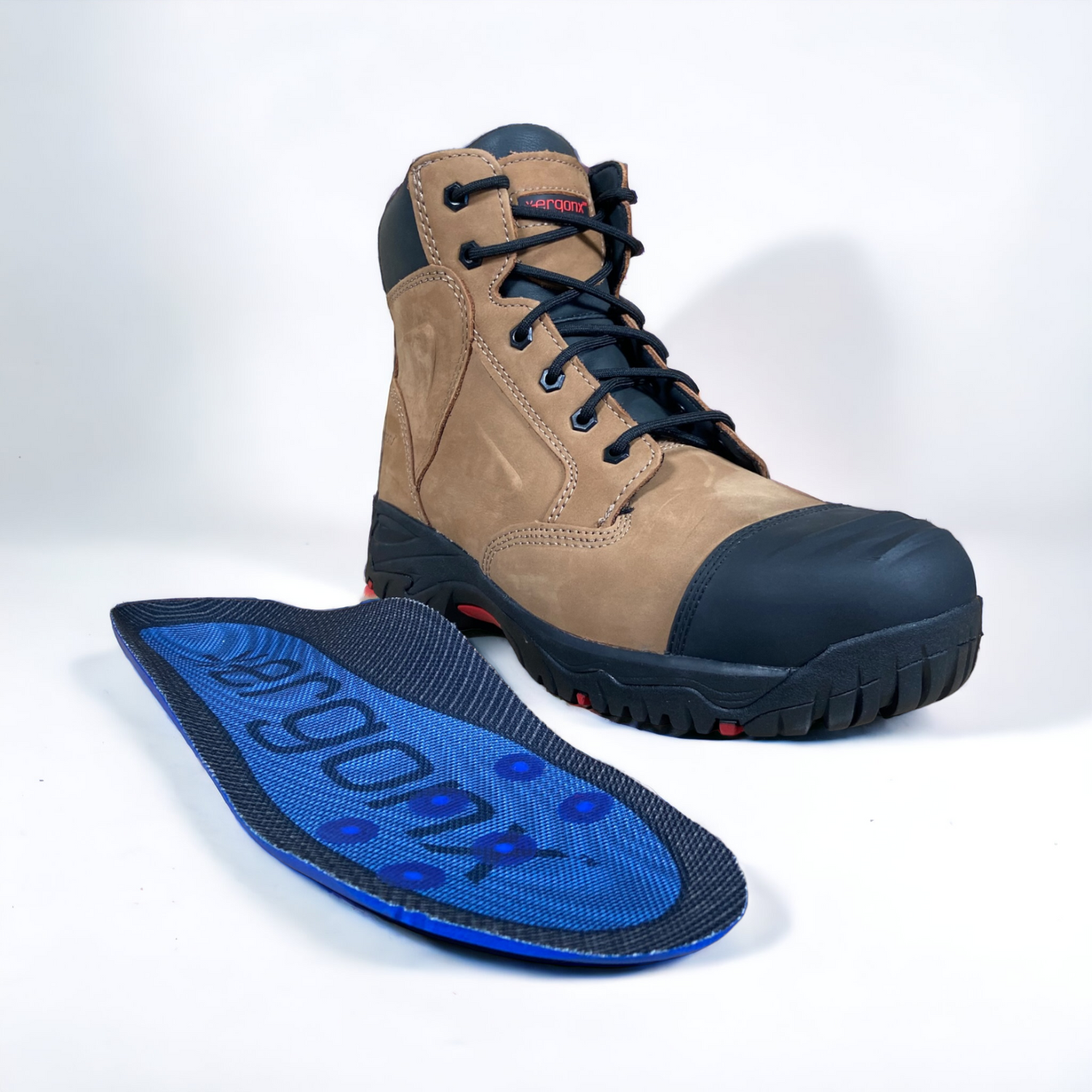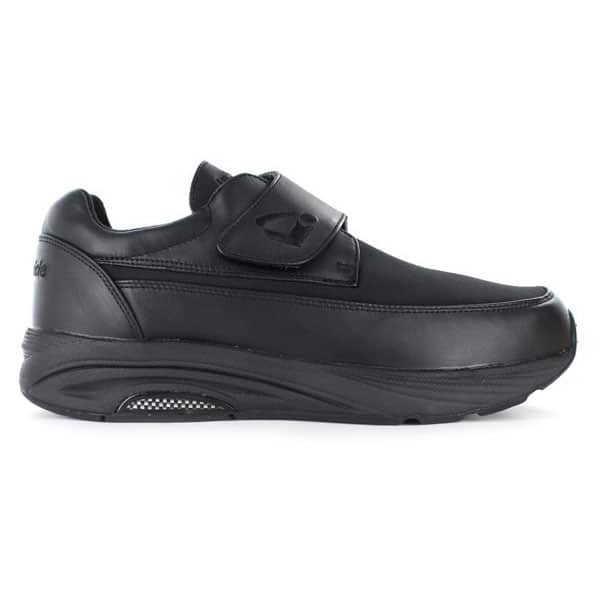The difference in the length may range from less than 1 centimeter to 6 centimeters or more. The greater the difference, the greater is the disturbance in the normal biomechanics of the lower limbs, as the body has to alter its posture and functioning to compensate for the difference in leg length. A difference of 1 cm is mild and does not cause much problem. However, above 3-4 cm the discrepancy becomes more obvious and has profound effects on posture and function. The extent of the problem will also be determined by the activity of the patient.
Causes:
Limb length discrepancy can result from a number of causes.
Trauma (bone fracture):
A fractured bone may heal with a shortened length, especially when the bone has sustained multiple fractures (i.e., it is broken in many pieces) or heals in an overlapped position.
In children, a broken bone may become shorter if the fracture has occurred near the end of the bone. As the growth of the bone occurs near its ends, a fractured end damages the growing cells of the bone, leading to slower growth and therefore, a shorter bone/limb length.
However, in children a fractured bone may sometimes show a faster growth rate than the other bone, also leading to a length discrepancy.
Diseases:
A bone disease, occurring during infancy or early childhood can lead to significant length discrepancy. An infection affecting the growth area of the bone (near bone ends) destroys the growing cell leading to a retarded growth and a shorter limb. Examples include:
Osteomyelitis (infection of the bone or bone marrow),
Septic arthritis (infection of the joints)
Tuberculosis of bones and joints
Juvenile arthritis: an autoimmune disease in children, causing inflammation of the joints
Tumours:
Neurofibromatosis: a genetic disorder that leads to tumours of the nerve tissue and skin and bone deformities
Haemangioma is a blood vessel tumour characterized by an increased growth of blood vessels in an area; in a limb, it leads to increased blood supply and therefore a relatively improved growth of that limb compared to the other limb.
Hereditary exostoses: benign bony outgrowths which affect the longitudinal growth of bones of the limbs, the limb that is more affected remains shorter than the other one.
Differences in growth:
Hemi hypertrophy:
A condition in which one half of the body grows faster than the other half. Children afflicted with this disease also have an increased risk of developing Wilm’s tumour. It is a cancer of the kidney, which results in increased growth of the leg of the same side as that of the affected kidney.
Hemi atrophy:
In this condition one half of the body is shorter than the other half. Both of these conditions are fortunately rare.
Hemi hypertrophy of the left side of the body
Congenital (present at birth) defects:
- Short or absent thighbone (femoral hemimelia)
- Absent lower leg bones (fibular hemimelia, paraxial tibial hemimelia)
- Defects in the hip or thighbone leading to a shorter leg (proximal femoral focal deficiency)
- Bowed shinbones (tibial bowing)
However, these conditions occur rarely.
Functional or apparent LLD can occur due to:
- Developmental dislocation of the hip
- Neuromuscular problems such as polio, cerebral palsy, etc.
- Spinal scoliosis: a sideways curved spine that results in uneven hips and limb lengths
- Coxa vara: a congenital or development deformity of the hip that leads to a shorter leg
Moreover, a previous surgical procedure involving hip or knee joint replacement or a prolonged immobilization (such as wearing a leg brace for long) may also lead to a shorter length of the given limb.
Symptoms:
The difference in length not only affects the gait of the person, but also disturbs the whole lower limb biomechanics, as the body tries to adapt to or compensate for the difference. Moreover, the symptoms not only depend upon the difference in leg length but also on the underlying cause.
There is limping or toe walking; a difference of about 3-4 cm is enough to cause an alteration in normal walking patterns. Moreover, the knee on the longer side becomes flexed.
A person has to exert more effort as he walks and the longer limb takes more of the pressure. There is the risk of development of degenerative arthritis in the hip of the longer limb.
Postural changes: the shoulders lean towards the shorter side, the spine also becomes curved sideways (functional scoliosis)
It may also cause lower back pain and knee pain.
Diagnosis:
A detailed history, as well as a careful examination, is essential to discover the underlying cause of the problem and to rule out any factors that cause an apparent length discrepancy such as hip displacement, joint contractures or sideways spinal deviation (scoliosis).
The length of the limbs is measured in two ways.
the actual length of the limb is measured from hip to ankle
while the apparent length is measured from navel to ankle
The difference in length is further assessed by placing wooden blocks of different sizes under the shorter limb.
X-rays and CT scans assist in accurate measurement of the discrepancy and in diagnosing the underlying condition.
Treatment:
Treatment is aimed at reducing the difference to less than 1 cm at completion of growth. A discrepancy less than 2 cm is often asymptomatic and does not require any treatment. In a few cases, a heel lift is all that is required. A discrepancy greater than 3 cm usually requires treatment.
When dealing with limb length discrepancy one must also consider the activity level of the patient, as well as the amount of limb length difference.
Non-surgical options include adding a heel lift or a shoe lift to compensate for the deficiency.
Surgical options include:
Shortening the longer limb
This is comparatively safer than the lengthening procedure and is used for differences between 2 to 6 cm.
In children where growth is still occurring, the operation involves disrupting the growth plates to slow down/stop the growth of the longer limb. The procedure commonly used is called epiphyseodesis. It does not correct the discrepancy right away; rather, time is required while the shorter limb grows to catch up in length.
In adults, where growth is complete, the difference is equalized by removing a wedge of bone from the longer limb. The femur (thighbone) can be shortened by 3 cm while the tibia (shinbone) can be shortened by about 2 cm safely.
Lengthening the shorter limb:
For differences greater than 4 cm, surgical lengthening of the shorter limb may be attempted, but the procedure is difficult to perform and has a high risk of complications.
The surgical procedure includes cutting the bone and attaching a special apparatus that keeps the two ends at a distance. New bone forms in the gap between the two ends. The distance between the two ends is increased gradually with the help of the attached apparatus (usually 1 mm per day). When the desired length is achieved and the bone has strengthened, the apparatus is removed through a second operation.
The treatment of limb length discrepancy requires months, even years, for completion and requires patience and full cooperation of the patient as well as the family.








